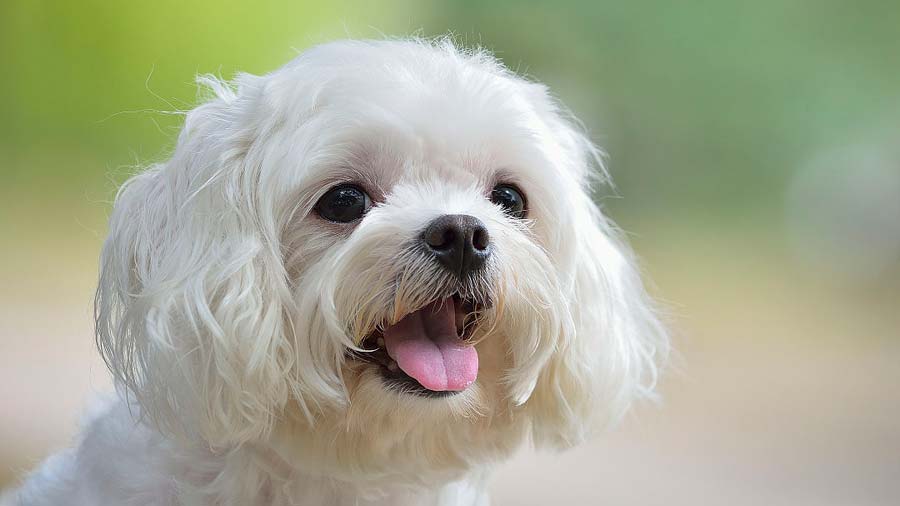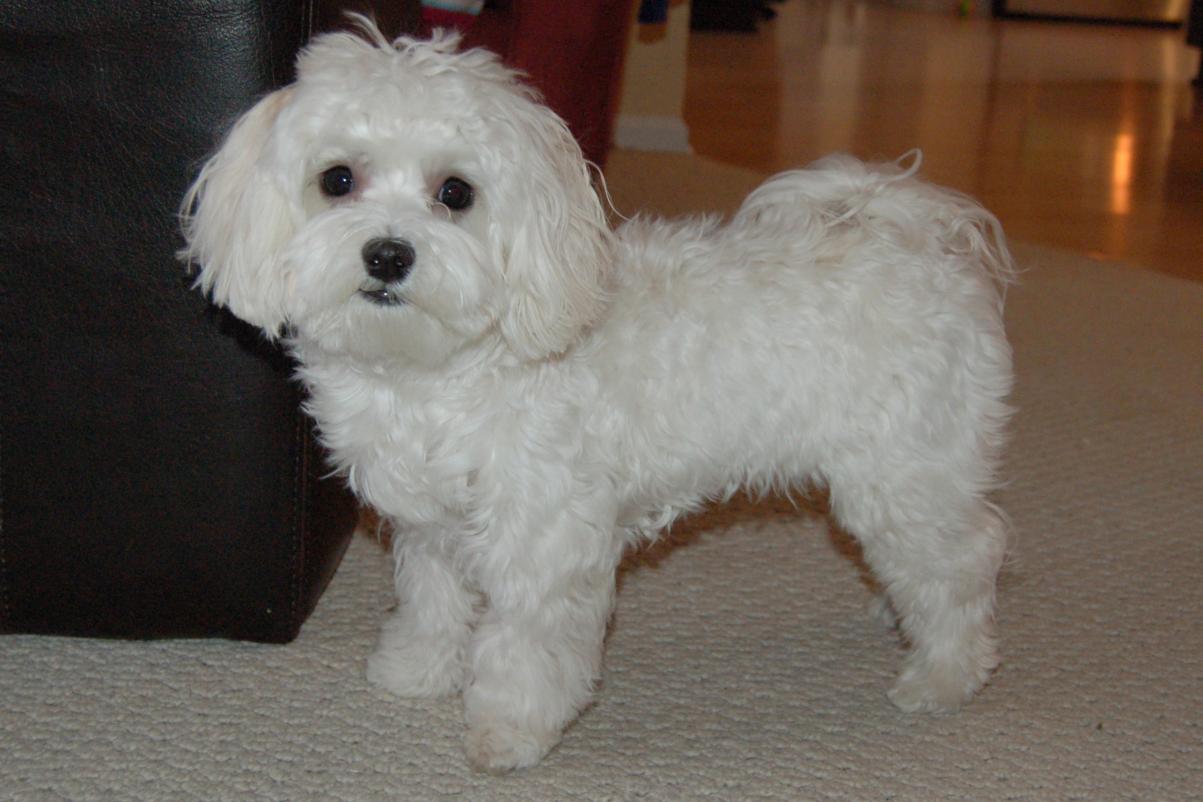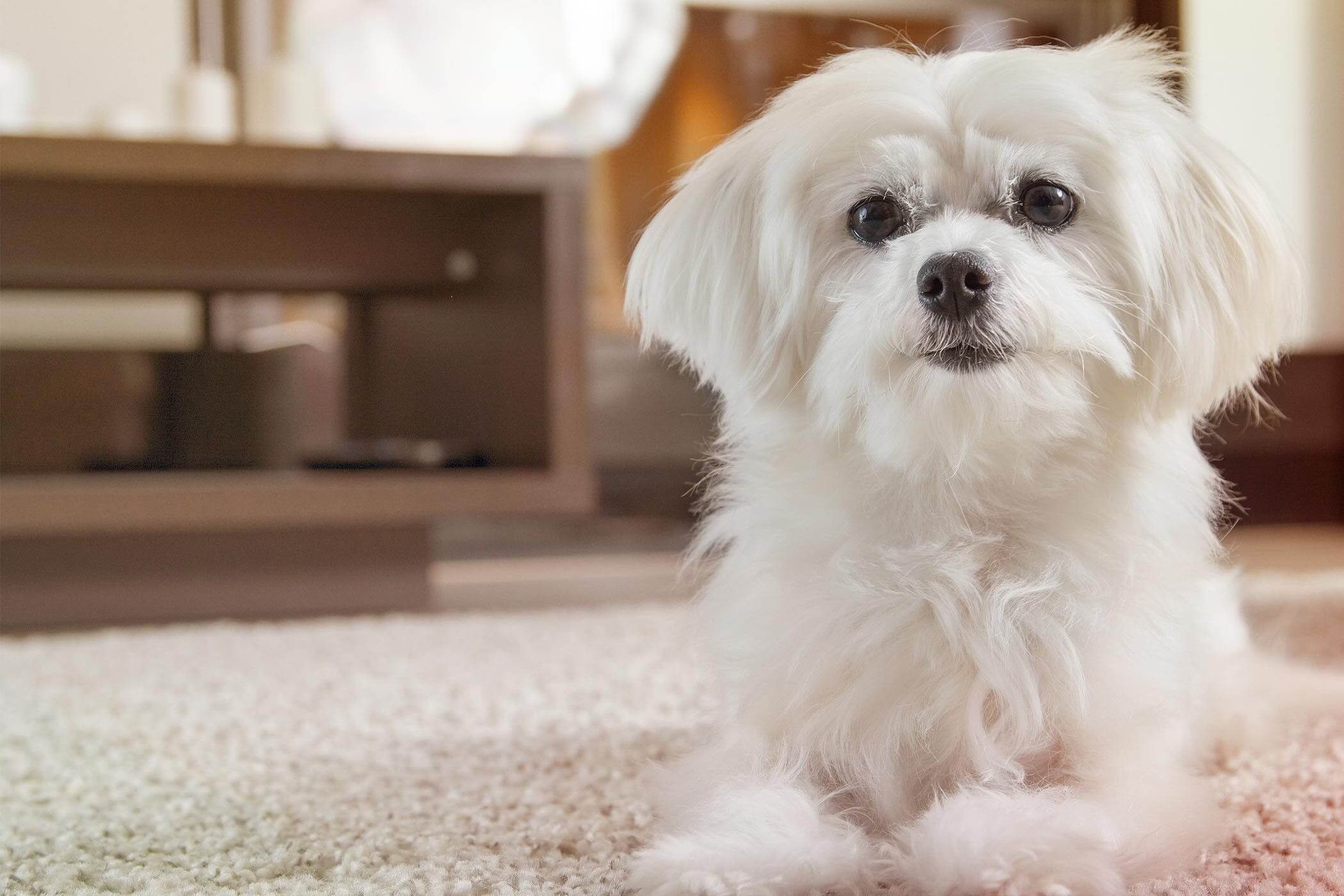
Maltese Dog Breed (History, Health & Characteristics)
History of Maltese Dog
The Maltese dog is one of the longest established dog breeds: Charles Darwin dated their breed origin to some 6000 years ago and certainly, there are pictures of them on vases and references to them in literature dating from the Greek and Roman eras over 2000 years ago.

Through the centuries Maltese dog has been treasured lap dogs, often carried in the clothing of their wealthy owners, their small size a valued attribute. They have been associated with luxury and aristocracy; used as diplomatic gifts to royalty and been the much-loved pets, lap dogs and companions of the wealthy, from Queens Elizabeth 1 and Victoria to present-day celebrities. They are probably the first dog breed to be kept and bred with no other purpose other than to be a true companion to their owner.
The origin of their name is uncertain. They may not have originated in the island of Malta, as once thought, but may have gained their name through being traded via Malta which was a major East/West trading route. Although once called Maltese Terriers, this was corrected in the 19th Century and they are now properly known just as Maltese.
Characteristics Of Maltese Dog
Maltese are among the most beautiful and appealing of dog breeds – possessing a flowing white coat (known as the Mantle) often described as ‘refined silk’ that contrasts so effectively with large, lustrous black eyes.
This contrast is made more striking by black eye rims and the darkly pigmented skin around the eyes (known as the Halo), which gives the Maltese its characteristic sweet and expressive look. The long topknot on the head caught up in a decorative bow together with a plume of long silky tail hair carried over the back completes the image of refined elegance.

The Maltese dog is true companion dogs – loving, devoted to their owner(s), affectionate, responsive, trusting. They need to be with people, love to be held, cuddled, played with and do not thrive if left alone for any length of time. They are full of fun, playful, spirited, intelligent and lively.
Despite their small size, they are fearless and feisty (it often seems that in their heads they see themselves as big dogs) with a tendency to bark when excited or anxious, which may need training.
Like all toy breeds Maltese, especially as puppies, can be easily damaged by thoughtless or rough handling and may nip if they feel threatened or frightened – so consideration should be given as to their suitability as pets in households with very young children or with large boisterous dogs.
They do not need prolonged exercise but, like all dogs, benefit from exercise outside their home for both socialization and health. Their small size, glamorous appearance, and history as a lap dog belie their adaptability. They are first and foremost dogs and with the correct preparation and training can enjoy being as much a companion to the dedicated walker as the ‘once around the block’ owner!
Maltese Dog has a single coat that sheds little so are among the breeds that may be suitable for people with allergies. However, they are high maintenance dogs so that even if their coat is kept cut short (known as a puppy cut) they need regular thorough grooming every day to avoid the development of matted knots and tangles.
Health Of Maltese Dog
The Maltese dog is a healthy, hardy breed which at the moment does not require any specific health tests. They do not have any breed-specific health problems but are vulnerable to many of the conditions that can affect all toy breeds.
Dental hygiene is very important; their teeth need regular cleaning and checking to prevent the development of dental disease which can lead to far more serious health problems.
Tear staining in many Maltese dogs is a problem which can have a variety of causes (such as blocked tear ducts or food additives) and needs daily cleaning as part of the regular grooming routine.

Maltese Dog can be susceptible to ‘reverse sneezing’ which sounds like a prolonged bout of gagging or coughing but is a temporary problem with the soft palate which gives the impression of being more serious than it is.
Maltese Dog can range from 4 – 12 lbs in weight and stand up to 10 inches at the withers (shoulder). They are sometimes advertised as ‘Teacup’ (usually by more unscrupulous breeders). There is no such thing as a ‘Teacup’ size distinction in any breed – so-called ‘Teacups’ are just very small Maltese dogs whose tiny size means that they could have additional health problems due to their size. The average life span for a Maltese dog is 12-15 years although some have lived for longer.
